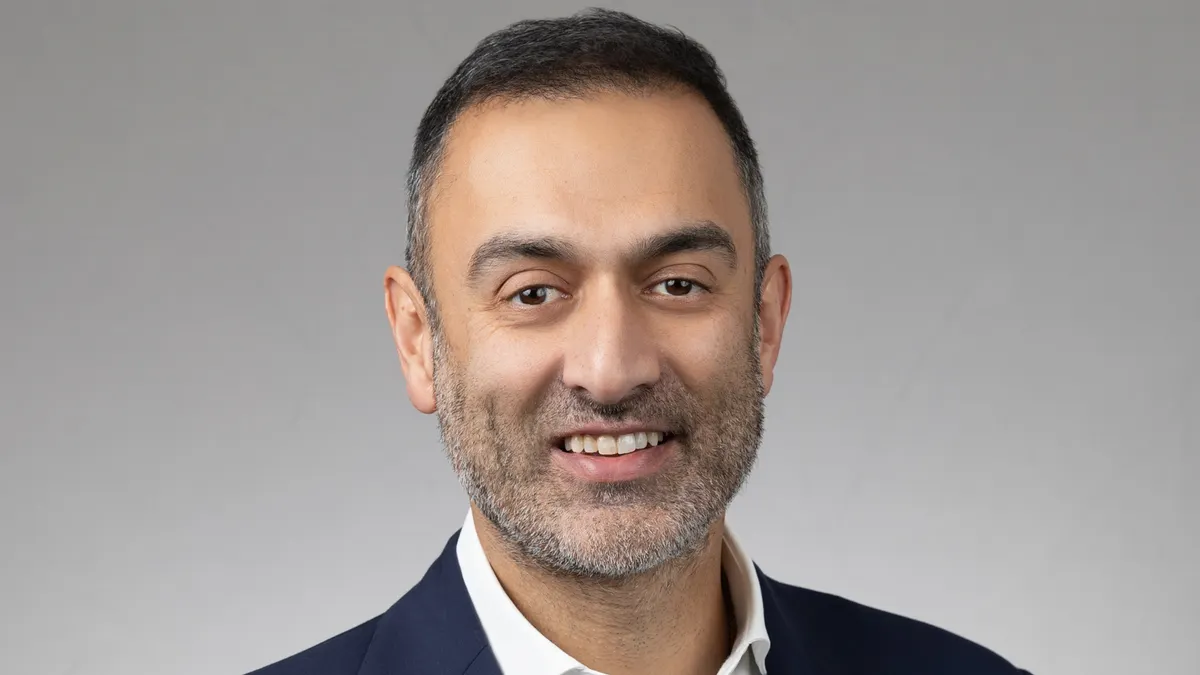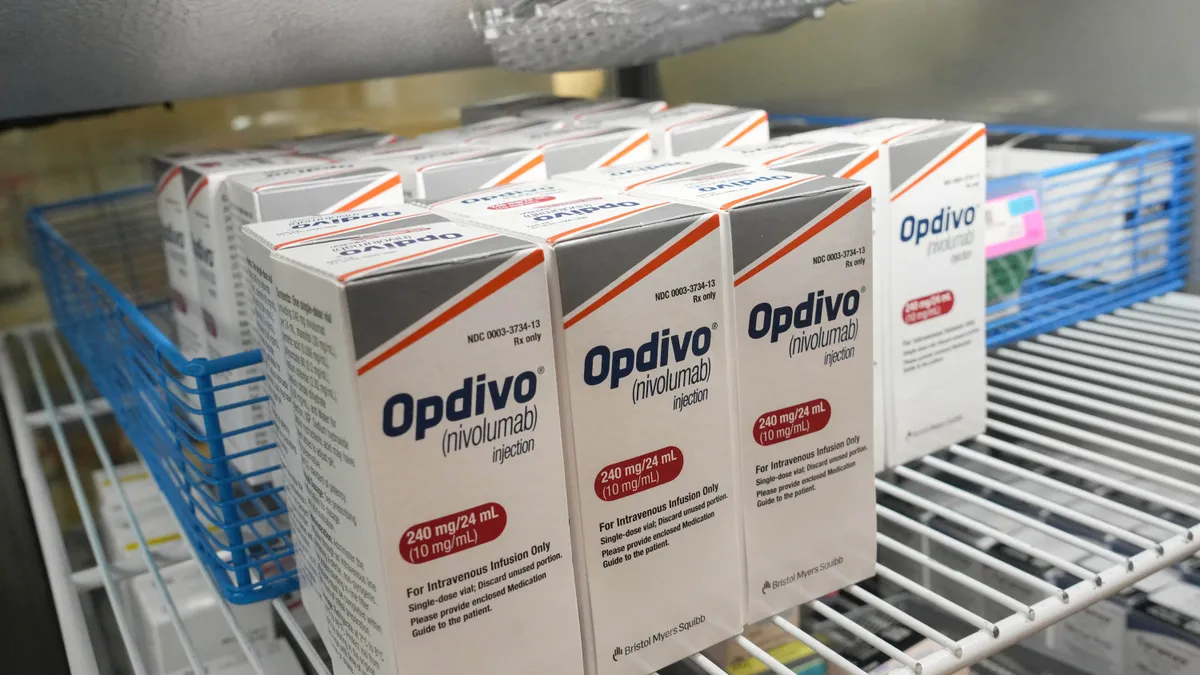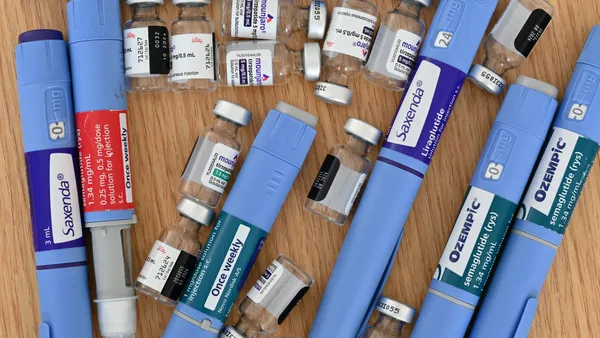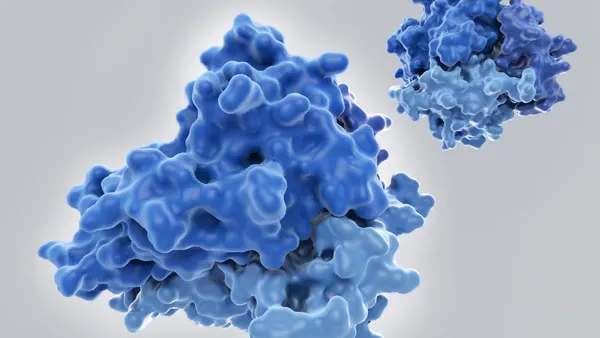Dive Brief:
- An experimental medicine from BridgeBio Pharma succeeded in a late-stage study in a form of limb-girdle muscular dystrophy, positioning the company to engage U.S. regulators about a potential approval filing.
- Study volunteers with that “type 2I/R9” form of limb-girdle and treated with the drug, BBP-418, had a roughly 17% improvement after three months in “αDG glycosylation,” an important marker of muscle stability and the trial’s main objective. That increase was sustained after 12 months, compared to no change on this measure among placebo-treated participants. No new or “unexpected” safety findings were observed, the company said Monday.
- BridgeBio also said drug recipients had “statistically significant” and “clinically meaningful” improvements after a year in all key trial endpoints studied, including measures of walking ability and lung function. The company will discuss the results with the FDA later this year and intends to submit an approval application in the first half of 2026.
Dive Insight:
BridgeBio’s market value has nearly doubled this year on the early launch success of Attruby, a drug for a deadly genetic heart condition. But the company has a few other drugs in advanced testing that could lift its share price even further and, eventually, make it profitable in the years ahead.
The first of those medicines is BBP-418. It’s an oral drug that’s designed to boost the activity of an enzyme involved in glycosylating — or adding a carbohydrate to — the protein αDG. That protein is part of a system that acts as a molecular shock absorber and, in people with this “type 2I/R9” limb-girdle muscular dystrophy, doesn’t work properly, leading to a progressive decline in muscle function.
There are no approved treatments for what BridgeBio estimates to be the roughly 7,000 people in the U.S. and Europe with this condition. BBP-418 has a chance to become the first and, if so, could access a market opportunity worth more than $1 billion, according to Christine Siu, CEO of ML Bio Solutions, the BridgeBio subsidiary developing the therapy.
Heading into the results, BridgeBio had been hoping to see if BBP-418 could boost levels of “glycosylated” αDG by at least 5%. Preclinical research and historical data have suggested hitting that mark should yield a “clinically meaningful benefit,” Siu told BioPharma Dive. In a research note in July, Leerink Partners analyst Mani Foroohar wrote that expectations were likely higher, with investors hoping to see the type of 15% difference between placebo and drug recipients observed in Phase 2 testing and roughly a doubling of glycosylated αDG.
BridgeBio appears to have met those expectations. Levels of the protein climbed from about 23% to nearly 40% after three months, a roughly 1.8-fold increase. They were also sustained for a year and accompanied by evidence of functional benefits. Those findings “exceeded” Wall Street’s expectations, wrote Mizuho Securities analyst Salim Syed, in a Monday note to clients.
BrigeBio now aims to convince regulators of its case. The company will discuss its filing strategy with the FDA at an upcoming meeting. Siu argues the “preponderance of evidence will unite regulators, physicians, and the community to support an approval path,” given “even small changes in glycosylated αDG may be meaningful for patients.”
The “key question” is now whether the data support a full approval instead of an accelerated clearance, Mizuho’s Syed wrote.














